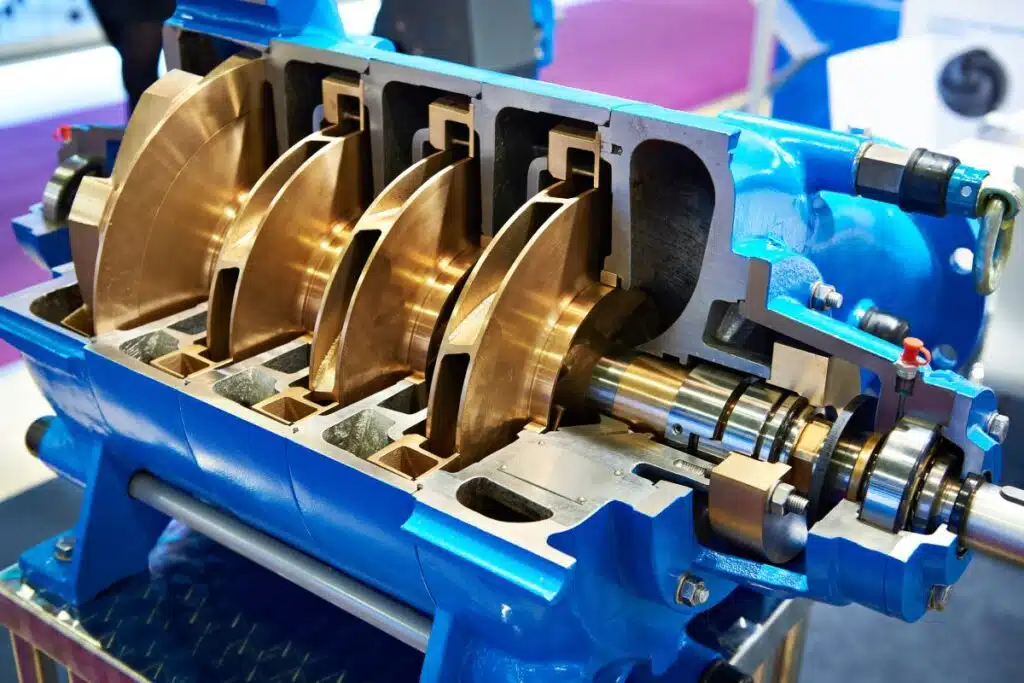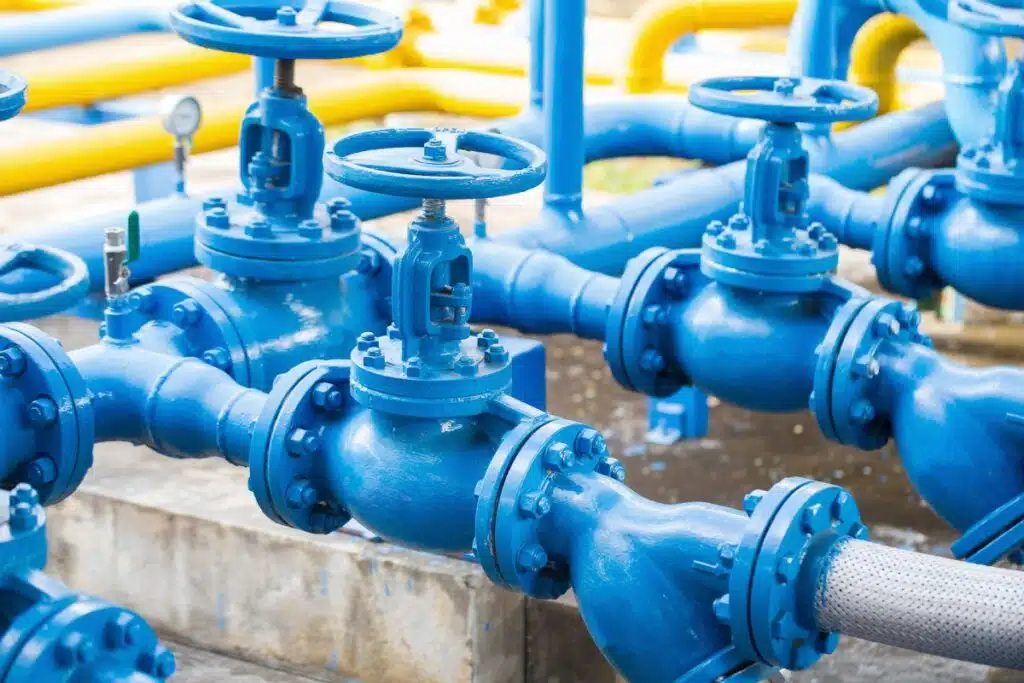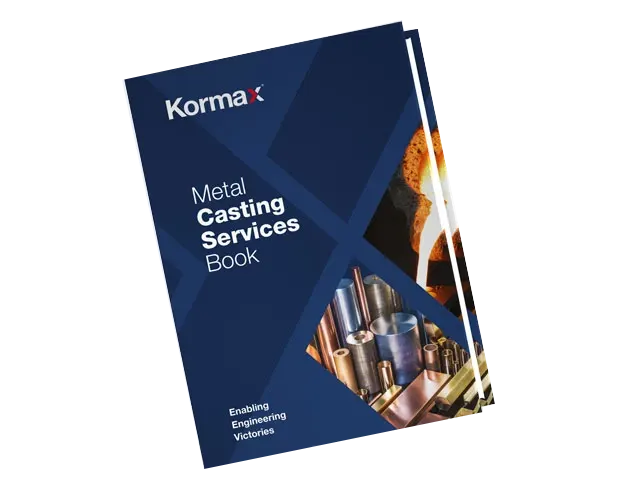The choice of manufacturing method for casting valve components depends on various factors such as the material of the component, complexity of the design, production volume, and cost considerations. Here are some commonly used manufacturing methods for casting valve components:
Sand Casting
Sand casting is a widely used method for casting valve components. It involves creating a mold from a mixture of sand and a binding agent, and then pouring molten metal into the mold.
Sand casting is a popular method for valve component manufacturing due to its versatility and cost-effectiveness. It is suitable for producing large and complex valve components, such as valve bodies, bonnets, and large flanges. Sand casting molds can accommodate various metals and alloys, including cast iron, stainless steel, and non-ferrous alloys. The process allows for intricate designs and is well-suited for low to medium production volumes.
Investment Casting (Lost-Wax Casting)
Investment casting is a precision casting process that involves creating a wax pattern of the valve component, coating it with a ceramic shell, and then melting away the wax to create a mold. Molten metal is then poured into the mold to form the valve component.
Investment casting is favored for valve components that require high dimensional accuracy, intricate details, and excellent surface finish. This method is particularly suitable for producing valve components with complex shapes, such as impellers, intricate valve bodies, and delicate internal passages. Investment casting allows for tight tolerances and reduces the need for extensive machining, resulting in cost savings. It can be used with a wide range of materials, including stainless steel, carbon steel, and various alloys.
Die Casting
Die casting is a high-pressure casting process where molten metal is injected into a reusable steel mold, called a die, under high pressure.
Die casting is commonly used for valve components made of non-ferrous metals, especially aluminum and zinc alloys. It is known for its ability to produce high-volume production runs with excellent dimensional accuracy and surface finish. The method is particularly suitable for manufacturing valve handles, brackets, and smaller components that require tight tolerances and repeatability. Die casting provides efficient material usage, reduces post-processing requirements, and offers good strength-to-weight ratios.
Permanent Mold Casting
Permanent mold casting, also known as gravity die casting, uses reusable molds made of metal. The molten metal is poured into the mold, and gravity fills the cavity to form the valve component.
Permanent mold casting, also known as gravity die casting, is suitable for valve components that require high dimensional accuracy, fine surface finish, and tight tolerances. It is commonly used for producing valve components made of non-ferrous metals, such as brass and aluminum alloys. Permanent molds are reusable, allowing for cost-effective production runs. This method is often used for manufacturing valve bodies, covers, and smaller components where consistent quality is critical.
Centrifugal Casting
Centrifugal casting is a process where molten metal is poured into a rotating mold, allowing centrifugal forces to distribute the metal evenly and produce components with a hollow cylindrical shape.
Centrifugal casting is ideal for producing valve components with cylindrical shapes, such as valve bodies and pipe fittings. By rotating the mold during casting, centrifugal forces distribute the molten metal evenly, resulting in components with a dense structure and reduced defects. This casting method allows for the production of hollow valve components with excellent material integrity and mechanical properties. It is commonly used for large-scale valves, such as those used in oil and gas applications.
Conclusion
Each casting method offers unique advantages and limitations, making them suitable for different types of valve components. The selection of the casting method depends on factors such as the material requirements, component complexity, desired production volume, and cost considerations.

Industrial multi-stage centrifugal pump in cross section

Pressure safety valves at gas plant
Kormax, as a manufacturing expert with a network of foundries specializing in valve component production, can provide further guidance based on your project’s specific needs. Contact our experienced team today.

